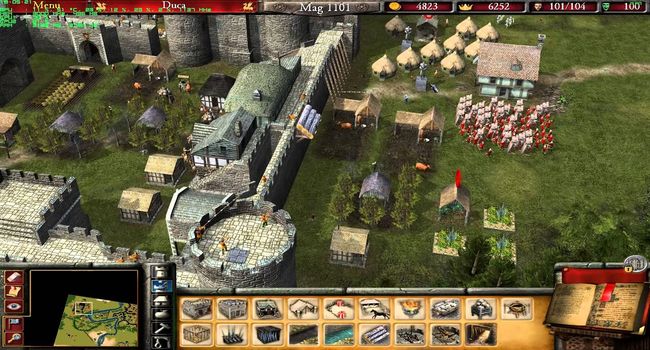



In this way, the development of the integration process relied on the control or the collaboration of the bishoprics and their main agents-the bishops. As central elements of the provincial fabric, the bishoprics were nodal points between the central and the local powers. Their core was the bishopric-the basic unit of aristocratic power and control over the territory.ĢThe bishoprics were the footholds of the integration process. In this way, the former was both an expression and an instrument of the latter. This article will frame the transformations of the provincial organization during the sixth and seventh centuries as a process closely related to the integration process of the Visigothic Kingdom of Toledo. Nevertheless, the meaning of these transformations is still under investigation. During the sixth and seventh centuries, we can observe several important transformations-both in its structural organization as well as in its social significance. 1The provincial organization during the Visigothic period was built upon the one inherited from the Roman period.


 0 kommentar(er)
0 kommentar(er)
